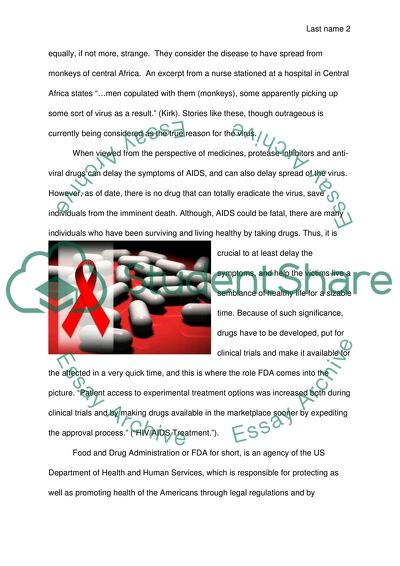Cite this document
(HIV Medicine and Social Problems Term Paper Example | Topics and Well Written Essays - 1500 words, n.d.)
HIV Medicine and Social Problems Term Paper Example | Topics and Well Written Essays - 1500 words. https://studentshare.org/social-science/1822983-hiv-medicine-social-problem
HIV Medicine and Social Problems Term Paper Example | Topics and Well Written Essays - 1500 words. https://studentshare.org/social-science/1822983-hiv-medicine-social-problem
(HIV Medicine and Social Problems Term Paper Example | Topics and Well Written Essays - 1500 Words)
HIV Medicine and Social Problems Term Paper Example | Topics and Well Written Essays - 1500 Words. https://studentshare.org/social-science/1822983-hiv-medicine-social-problem.
HIV Medicine and Social Problems Term Paper Example | Topics and Well Written Essays - 1500 Words. https://studentshare.org/social-science/1822983-hiv-medicine-social-problem.
“HIV Medicine and Social Problems Term Paper Example | Topics and Well Written Essays - 1500 Words”. https://studentshare.org/social-science/1822983-hiv-medicine-social-problem.


